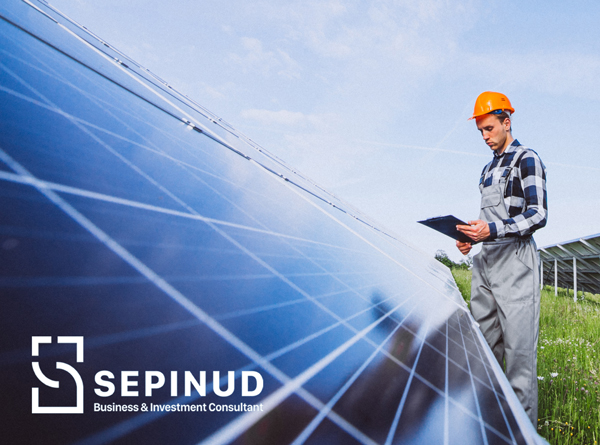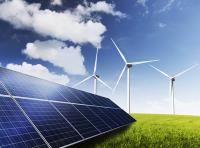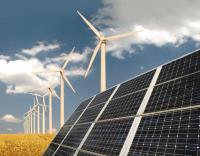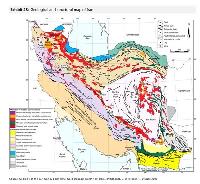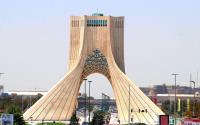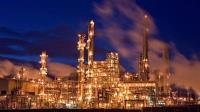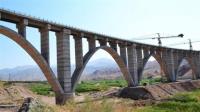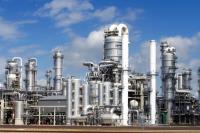New Energies -Solar and Wind Energies-
Publish Date: 1395/2/13
Visited: 2174
Of the desperate plights of the humans' world today is a paucity of fossil fuels and the pollution hazards they pose to the environment. Nevertheless, upon developmental growth of technologies, solar and wind energies have been brought into humans use as finest existing resources of energy because they are infinite and easily accessible; moreover, since doing no harm to the environment they are dubbed green or clean energy and known as new energy or precious inheritance for future generation.
The increase in the fossil fuel prices and controversies over environmental issues have shifted the experts' attention toward the topic of renewable energies. Further, development and technological growth of new energies has brought about cuts in prices and increases in demands.
The Necessity for Utilizing Renewable Energies
1- Limited Energy Resources: the energy reserves we tap into- especially fossil ones- are not infinite.
2- Polluted Energy Resources: The global environmental issues that surfaced in 1990's as some inevitable crises, turned out to have their roots in the sector of energy, specifically, warming-up of earth caused by increase in density of greenhouse gasses- carbon dioxide and methane- and their impact on agricultural crops and climate changes as well as nitrogen/Sulphur oxides as the root cause of acid rains as a result of fossil fuels combustion which will do damage to the forests, lakes, marshes etc. Among all of greenhouse gasses, carbon dioxide plays the biggest part in making the earth grow warmer.
Due to its special geographical characteristics, Iran has developed a great deal of capacities for the use of hydropower, wind, solar, geothermal and biomass energies. It will be possible to make the most of these god-granted blessings in case of fresh investments.
With over 300 sunny days per year, Iran stands amongst the highest as compared with different areas of the world in terms of sunlight exposure. Therefore, it will be most favorable to use wind and solar energies due to a number of reasons such as easy access and easy convertibility to electrical energy, being environmental friendly and renewability.
Insufficient funds, the major constraint on spreading clean energies across the country
Over the past few years, Iran has well understood the necessity of putting clean energies in the energy basket of the country. However, lack of funding stands in the way of establishing large power plants, in the meantime, as the experts see it, the whole power requirements of the country can be fulfilled through solar energy.
Finally, a surge in energy demand on the one hand, and concerns for environmental issues on the other, has created a huge market demand for generating and investing in renewable energies industry. Likewise, as technologies for generating new energies become less expensive and the costs of energy during the past few years have been going up, the path is paved for investment in the sector of new energies. Having substantial potential for generating renewable and sustainable energies, Iran can reduce the unemployment rate and also enjoy its environmental advantages through funding.
In accordance with the clause (139) of the IRI 5-year economic development plan- with a view to developing infrastructures for producing the wind and solar power plant equipment as well as boosting generation of renewable energies- the government shall be allowed to smooth the way for generating up to 50000 megawatt of clean energy by offering its support for private and cooperative sectors by means of managed funds and subsidy on loan interest.
The guaranteed rate of purchasing power from renewable energy plants showed the approximate number of 460 Tomans per kw/h in 2011. A guaranteed contractual agreement will be signed for a five-year term. Given this price, the payback period in renewable energy sectors in some cases such as biomass energy will be approximately two years and it will stand at around 5 years for solar power stations.
Another issue that here arises is the most parts of the country with capability of generating renewable energies are located in underprivileged areas and investment in these parts entails poverty alleviation and provides more employment opportunities, reducing the indirect expenses of immigration to big cities. It is also noteworthy that, the manpower costs are lower in these areas, something which captures the investors' attention

